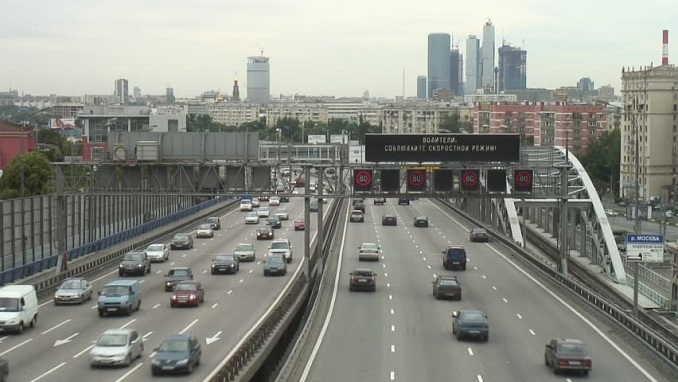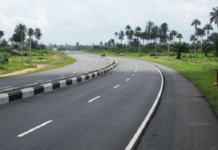The growing development of the Arctic shelf’s resources and the presence of the Russian military in the region necessitates the improvement of the infrastructures in the Northern Sea Route ports, Russian experts and officials told TASS news agency.
According to the analysts, practically all ports, with the exception of Dudinka in the Krasnoyarsk Region, require upgrades, as their current conditions hinder the goods’ deliveries, which take place in the summer.
“The existing system of NSR ports cannot offer the infrastructures to make smooth supplies of vitally important goods, fuel, and food, practically every year the deliveries are not made in time,” she said. “All expectations are connected with NSR’s growing capacity and the Arctic’s resource potential. The plans are NSR will serve transportation of the Arctic natural resources to the European and Asian markets. However, Russia cannot develop the Arctic on its own, without outside players, it is necessary to attract investments, including foreign investments,” says Dariana Maximova of the Northern-Eastern Federal University.
According to her, the improvement of infrastructures requires investments, and foreign partners could participate.
“Russia does not limit foreign vessels in using NSR, but regular voyages require infrastructures, and restoring those requires money, including, possibly, foreign investments,” she said. “Many have demonstrated the interest in NSR, and first of all those are… China, South Korea, and Japan,” Maximova said.
According to Konstantin Gribov of the Far Eastern Federal University, development of the Arctic and its resources on the shelf, as well as the more active presence of the military stimulate the renovation of NSR’s infrastructures.
At the same time, to have the Northern Sea Route work effectively, the growing cargo flow along the Route should access the Baikal-Amur and the Trans-Siberian railways, and further on – other Russian regions and foreign destinations. The base ports for that would be Vanino and Sovetskaya Gavan, the Khabarovsk Region’s Deputy Minister of Industry and Transport Artem Serdyukov said.
“They are on the mainland, in the Tatar Strait’s central part, all the marine and land routes meet,” the official says. “The ports have access to the Trans-Siberian and the Baikal-Amur railways, and along the Lidoga-Vanino road, they are connected with Russia’s highway network. This transport-industrial hub has vast territories for further development of the seaport capacities and infrastructures.”












